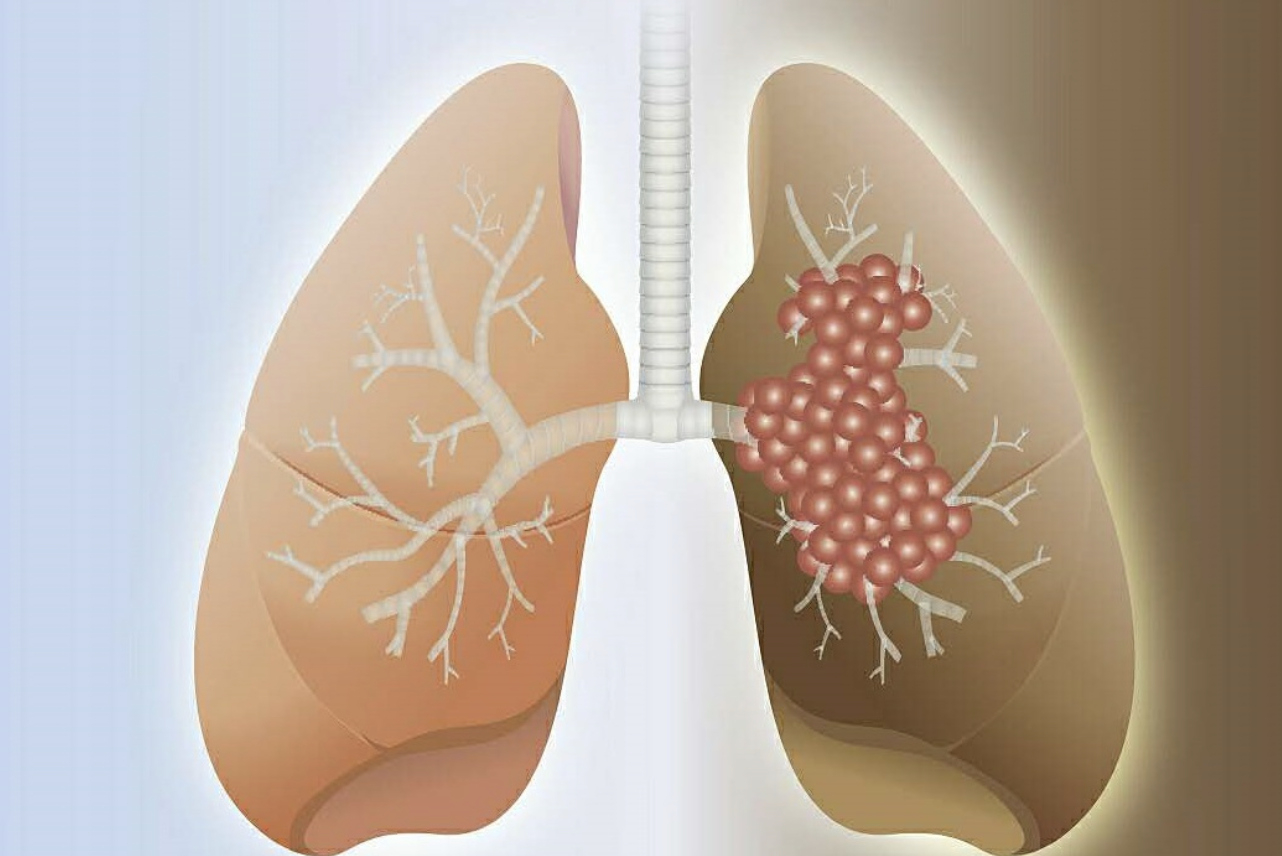Cervical cancer is one of the most common gynecological malignancies. Its incidence rate is second only to endometrial cancer worldwide, and it ranks first in developing countries and regions. According to statistics, there are 450000 new cases of cervical cancer worldwide every year. The occurrence and development of cervical cancer usually go through a relatively long process, so it is possible to prevent this disease.
Pathogenic factors of cervical cancer
- High risk human papillomavirus (HPV) infection: At present, it has been confirmed that HPV infection is a necessary factor in the occurrence of cervical cancer. In the process of cervical cancer, HPV infection is the most critical link, which is mainly transmitted through sexual life. In addition, it can also be transmitted through mother to child, contact with pollutants and skin contact. There are more than 110 kinds of HPV, 35 of which are related to genital tract infection and 20 are related to tumors. HPV was classified into low-risk HPV and high-risk HPV according to the type of HPV and the risk of tumor occurrence. In the first few years of infection, the symptoms of most women will return and clear up. When the immune system is seriously damaged, it will cause a large number of viruses to replicate, causing new or repeated damage to cells. Therefore, only a small part of women infected with HPV develop cervical cancer. Persistent infection with high-risk HPV is a prerequisite for the disease to progress to cervical cancer.
- Infection of other pathogens: Chlamydia trachomatis infection is a coordinated risk factor for HPV infection of cervical cancer, and herpes simplex virus II infection is a synergistic factor for high-risk HPV infection leading to cervical cancer.
- Behavioral factors: early marriage, prolificacy, premature sexual life, sexual life disorder, low socio-economic status, malnutrition and other factors all increase the risk of cervical cancer. In unmarried and nulliparous women, the incidence rate of cervical cancer is significantly low. The argument that high-risk sexual partners are the risk factors of cervical cancer has been emphasized. Those who have sex with penile cancer, prostate cancer or their wives have cervical cancer are high-risk sexual partners. Women who have sexual contact with them are prone to cervical cancer.
Precancerous lesions of cervical cancer
Cervical cancer has a long and reversible precancerous stage, namely cervical intraepithelial neoplasia (CIN). This stage can last for 5-20 years without any symptoms. The lighter the lesion, the more likely it is to reverse. CIN is divided into three grades, CIN grade I refers to mild atypical hyperplasia, CIN grade II refers to moderate atypical hyperplasia, and CIN grade III includes severe atypical hyperplasia and carcinoma in situ. The vast majority of CIN patients were found through regular gynecological physical examination or large-scale census organized by relevant departments.

Symptoms of cervical cancer
1、In the early stage, there is often no symptom, which has no obvious difference from chronic cervicitis. Sometimes, the cervix is even smooth, especially in elderly women whose cervix has shrunk. Once symptoms occur, the main manifestations are:
Vaginal bleeding: young patients often show contact bleeding, which occurs in sexual life, gynecological examination and post stool bleeding. The amount of bleeding may be more or less, generally depending on the size of the lesion and the invasion of the interstitial vessels. The amount of bleeding in the early stage is small, and the large focus in the late stage shows massive bleeding. Once the large blood vessels are eroded, fatal massive bleeding may occur. Young patients may also have prolonged menstruation, shortened cycle and increased menstruation. Elderly patients often complain of irregular vaginal bleeding after menopause.
Vaginal discharge: patients often complain that vaginal discharge is increased, white or bloody, thin like water or rice soup, with a fishy smell. In the late stage, due to the ulceration, necrosis and secondary infection of cancer tissue, a large number of purulent or rice soup like smelly leucorrhea were discharged.
2、Symptoms of advanced cancer: secondary symptoms appear according to the extent of the lesion invasion. When the lesions spread to the pelvic connective tissue, pelvic wall, ureter or rectum, and sciatic nerve, they often complained of frequent urination, urgency of urination, anal distension, constipation, tenesmus, and lower limb swelling and pain. In severe cases, they caused ureteral obstruction, hydronephrosis, and finally uremia. At the end of the disease, the patient may suffer from emaciation, anemia, fever and systemic failure.
Cervical cancer screening
The screening of cervical cancer mainly depends on cytology, including Pap smear and thin layer liquid based cytology. In addition, there is HPV detection. Cervical biopsy under colposcopy or pathological examination of cervical scratching is the gold standard for the diagnosis of cervical diseases. Through screening, we can intervene and treat cervical precancerous lesions, so as to prevent the occurrence of cervical cancer, with definite effect and relatively low cost. The prevention of effective HPV vaccine and the screening and treatment of precancerous lesions are expected to completely eliminate cervical cancer.
Prevention strategy of cervical cancer
At present, an important strategy to prevent cervical cancer is to popularize knowledge about cervical cancer and its precancerous lesions, so that women can understand the risk factors, occurrence and development process of cervical cancer, attach importance to screening, and standardize treatment. First of all, keep clean and pay attention to sexual hygiene. After having sex, they began to conduct regular examinations for cervical lesions, generally once a year, including cervical cytology and HPV testing. Those with abnormalities should be further examined by colposcopy. We should actively treat moderate and severe cervical erosion. With the popularization of HPV vaccine, those who have the conditions can be vaccinated with HPV vaccine in the teenage years and choose the most common HPV subtype in the local area. For perimenopausal women with abnormal menstruation or bleeding after sexual intercourse, they should be alert to malignant tumors of the reproductive system and seek medical advice in a timely manner.







